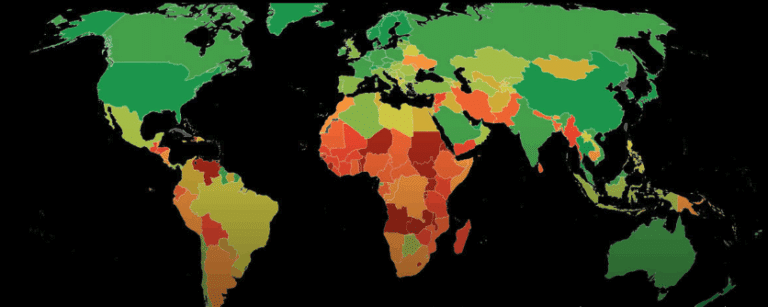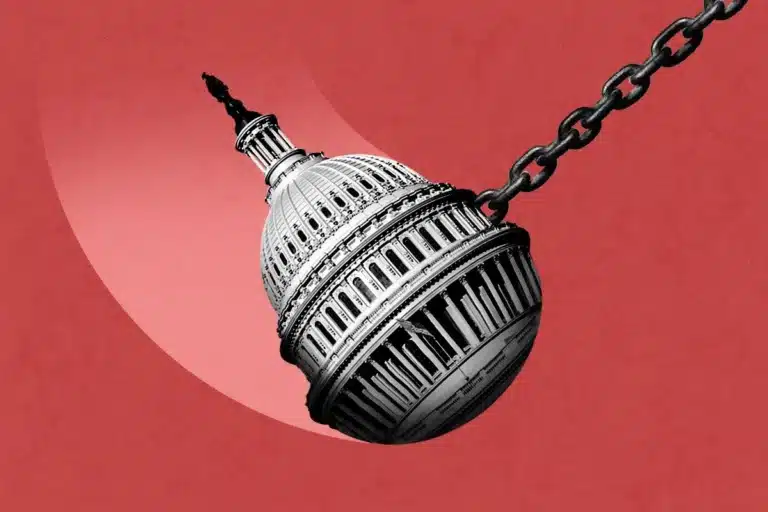Power prices are expected to soar under new tax cut and spending law
In states without policies to drive renewable energy, power prices could surge as federal tax incentives for clean energy disappear, according to Energy Innovation, a think tank.
Current Access Level “I” – ID Only: CUID holders, alumni, and approved guests only
Reports by Jason Bordoff & John Larsen • January 16, 2018
While there seem to be no immediate prospects for a national carbon tax in the United States, there is growing interest among some policymakers and thought leaders across the political spectrum. If and when a legislative opening emerges in the coming years, policymakers will need to grapple with a range of important design issues that will determine the effectiveness of a carbon tax in reducing carbon emissions.
The Center on Global Energy Policy (CGEP) at the School of International and Public Affairs (SIPA) of Columbia University has initiated a major research initiative to answer key questions related to the development of a carbon tax. In considering development of a tax, policymakers and stakeholders will need to understand, among other issues:
CGEP plans to address these key questions through a series of reports, public events, and meetings and briefings. CGEP’s initiative will bring a unique, academic, and nonpartisan voice to the issue. Research will be presented using language that is clear for all stakeholders.
This scoping paper, the first in the initiative, outlines the key design options that policymakers will need to address in the design of a carbon tax. Additional papers in this series will include:
Papers addressing the effects of a tax on the energy sector and the environment, and a tax’s macroeconomic and distributional effects, will report the results of modeling undertaken by external quantitative research teams who are examining the effects of different tax scenarios. Other papers will be authored by members of the Columbia University community in collaboration with outside experts.
CGEP is not making specific recommendations about the enactment of a tax or its design and is not advocating for any particular policy. CGEP strongly believes in the importance of bringing together unique perspectives to address the most pressing energy issues. The purpose of academic research is to promote the competition and comparison of ideas, as well as foster debate and disagreement. We hope this initiative, including this series of papers, helps inform public discussion about implementation of a carbon tax and the trade-offs that exist in its pursuit.
How does a society pay for the environmental and social costs of industrial and commercial activity? This question is front and center as nations work to address climate change across the globe. Economists broadly agree about the cost effectiveness of a market-based approach to reducing the emissions associated with climate change, with a carbon tax being one of the most popular of systems under consideration.
In the United States, opposition to any system that would address the costs of climate change—even one based on market principles—remains significant. Yet there has been a recent uptick in interest in a carbon tax, including from prominent members of both parties. The possibility of greater future legislative interest in a carbon tax means that a number of important policy design questions may need to be considered, and there has been considerable exploration of these questions to date by various research institutes and universities.
Building on this work, the Center on Global Energy Policy at Columbia University’s School of International and Public Affairs is undertaking a research effort in collaboration with external partners to explore the range of issues that policymakers will need to understand, model the effects of different scenarios that policymakers may choose to consider, and produce insights that will inform the policymaking process. This Carbon Tax Design research initiative will serve as a resource for both stakeholders and policymakers through a series of papers, public events, workshops, and policymaker briefings about the key design choices and the implications of those choices in the implementation of a carbon tax.
This initial scoping paper lays out the set of issues to be addressed by identifying the key design choices to be made in implementing a carbon tax:
• Scope and Emissions Coverage: Determining which sectors and which gases are taxed and what amount of total US greenhouse gas (GHG) emissions would be covered by a tax is critical. The broader the scope, the more efficient and environmentally effective the tax, as it increases the number of GHG abatement opportunities.
• Point of Taxation: Carbon emissions can be taxed upstream, at the point of fuel production, downstream at the point of fuel consumption, or at points in between. An upstream approach taxes emissions from end-use sectors without having to track emissions and tax payments from millions of downstream emitters such as vehicles, factories, and buildings. A downstream approach taxes tons of CO2 that enter the atmosphere at the point where they are emitted. Policymakers must weigh the desired scope of the tax, existing emissions and/or fuel reporting infrastructure, administrative efficiency, and politics in determining where to tax.
• Tax Rate: The combination of the tax rate and the total coverage of the program (as determined by the scope and point of taxation) is what ultimately determines revenue collection, environmental effectiveness, and energy market outcomes. However, there is no guarantee that a carbon tax set at a particular price will guarantee the achievement of a particular emission reduction goal.
• Revenue Allocation Options: Large new sources of federal government revenue are not found frequently, and if a carbon tax is seriously considered, there will be an endless number of stakeholders arguing in favor of their preferred approach. This paper discusses six options for what to do with revenues achieved through a carbon tax, although more than one approach could be chosen. The limiting factor is ultimately the net revenue derived from the tax.
• Interaction between Carbon Taxes and Other Energy/Environmental Policies: Any carbon tax, especially one with an economy-wide scope, will interact with a range of existing energy and environmental policies. Federal regulations, federal research and development on energy technologies, federal subsidies for clean energy, federal royalty, bonus, lease, and tax revenue from fossil fuel production, state regulations and carbon pricing systems, and state revenue from carbon pricing systems should be taken into account in the design of any tax.
• International Trade Effects and Distributional Considerations: A carbon tax would affect US trade as well as the companies that engage in trade. Policymakers need to discuss how to reduce the risks to US exports that would be subject to a tax when competing against foreign firms not subject to a tax. Work is also needed to understand how a carbon tax would affect households at different income levels, affect different sectors of the economy, and different parts of the country.

And coal communities and fracking villages and all the rest.

An asset-backed equipment finance programme would be just the boost US companies need

Full report
Reports by Jason Bordoff & John Larsen • January 16, 2018